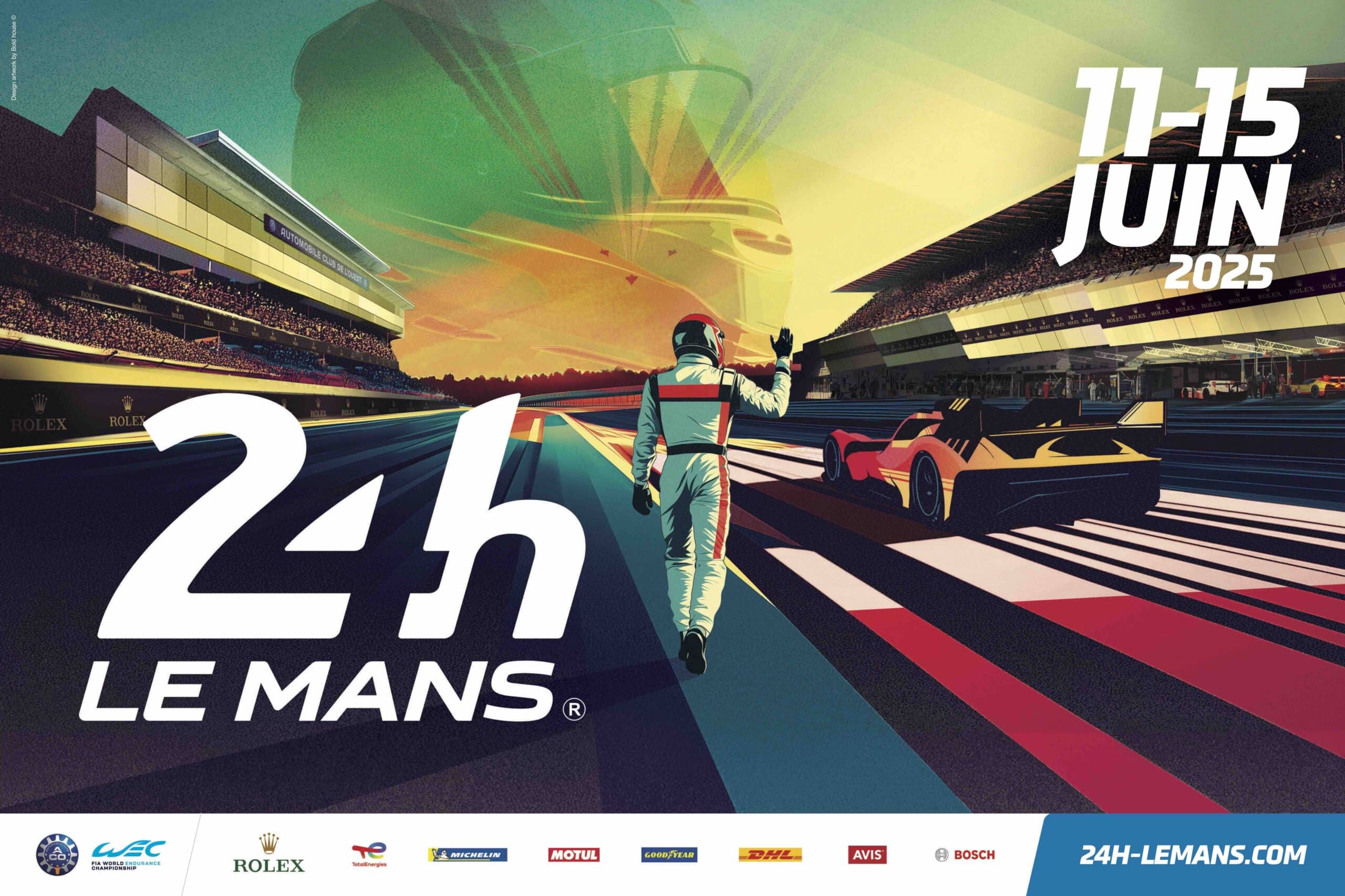Why Le Mans is Brutal on Brakes
While Le Mans is famous for its long straights – like the Mulsanne – it’s the sharp decelerations from over 300 km/h down to low-speed corners like Mulsanne Corner, Arnage, and the first chicane that truly define braking performance. Across 24 hours, the balance between raw stopping power and braking consistency becomes critical.
Key Braking Considerations This Year
1. Heat Soak After Pitstops:
With ambient temperatures forecast to be high this year, there’s growing attention on heat soak – the thermal energy retained in calipers and fluid when cars stop during a pit cycle. We’re watching closely for any impact on pedal feel in the opening laps post-stop, particularly as the fluid may be at its hottest when the car is least ventilated. This is a key moment where high-temp stability and low compressibility really show their value.
2. Brake System Temperature Rise:
It’s not just ambient heat – it’s how that heat ramps up over a stint. With aggressive stints and tighter pack racing, rapid temperature increase puts intense pressure on racing brake fluid stability. The right formulation helps maintain predictable pedal feel as temperatures climb sharply under heavy use.
3. Endurance & Fluid Fade Resistance:
Le Mans isn’t just about how brakes feel on lap 1 – it’s about lap 250. That’s where our technical partners are relying on our low compressibility fluids to deliver consistent pedal response throughout the race. Stability under repeated thermal load cycles is a major differentiator in the latter stages.
Final Thoughts
Every fraction of a second counts at Le Mans – and brake fluid performance is one of the invisible yet critical battlegrounds. From fast recovery post-pitstop to confidence-inspiring pedal feel under fatigue, we’re proud to support teams pushing the limits in LMP2 and LMGT3.
Bring on the race.






